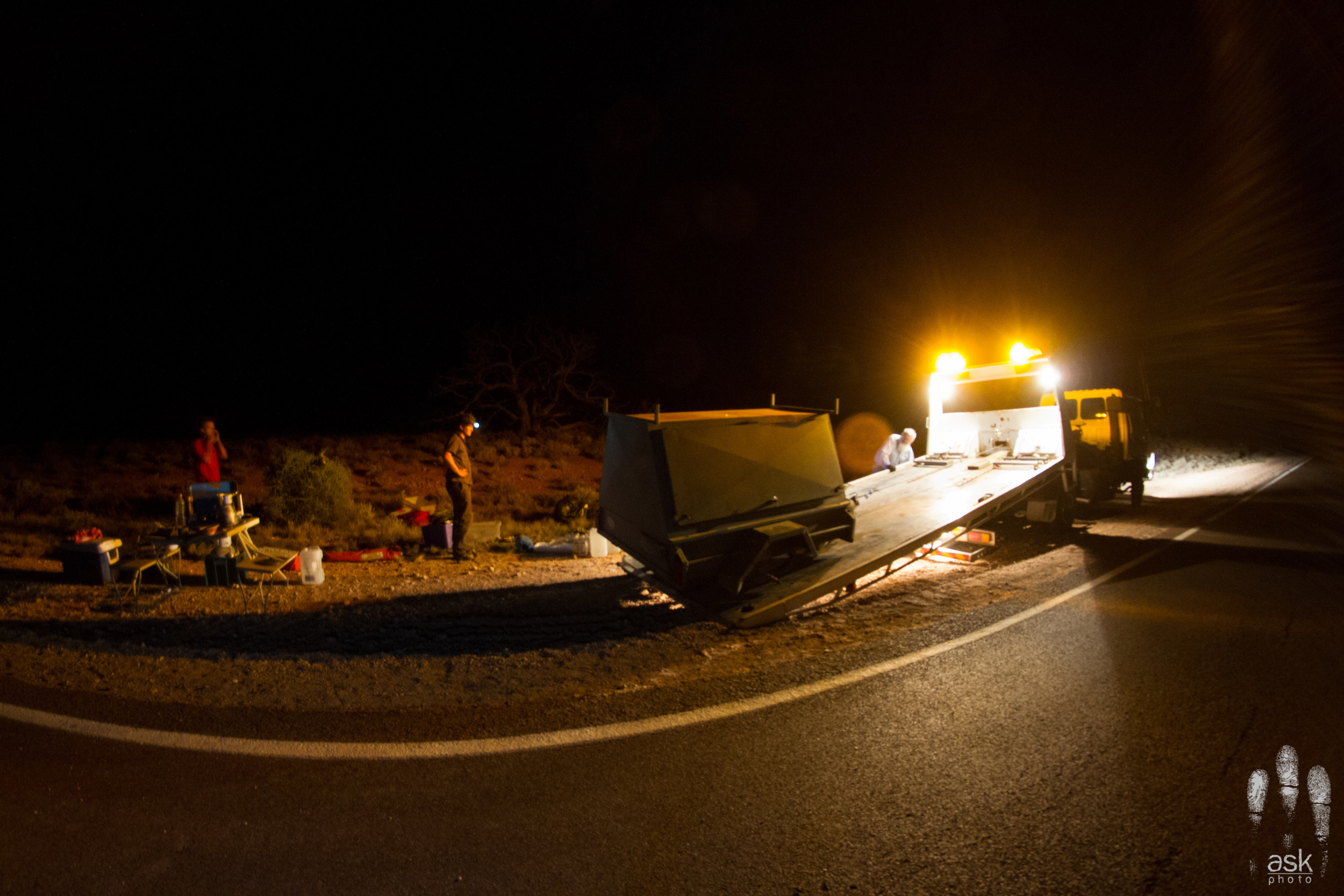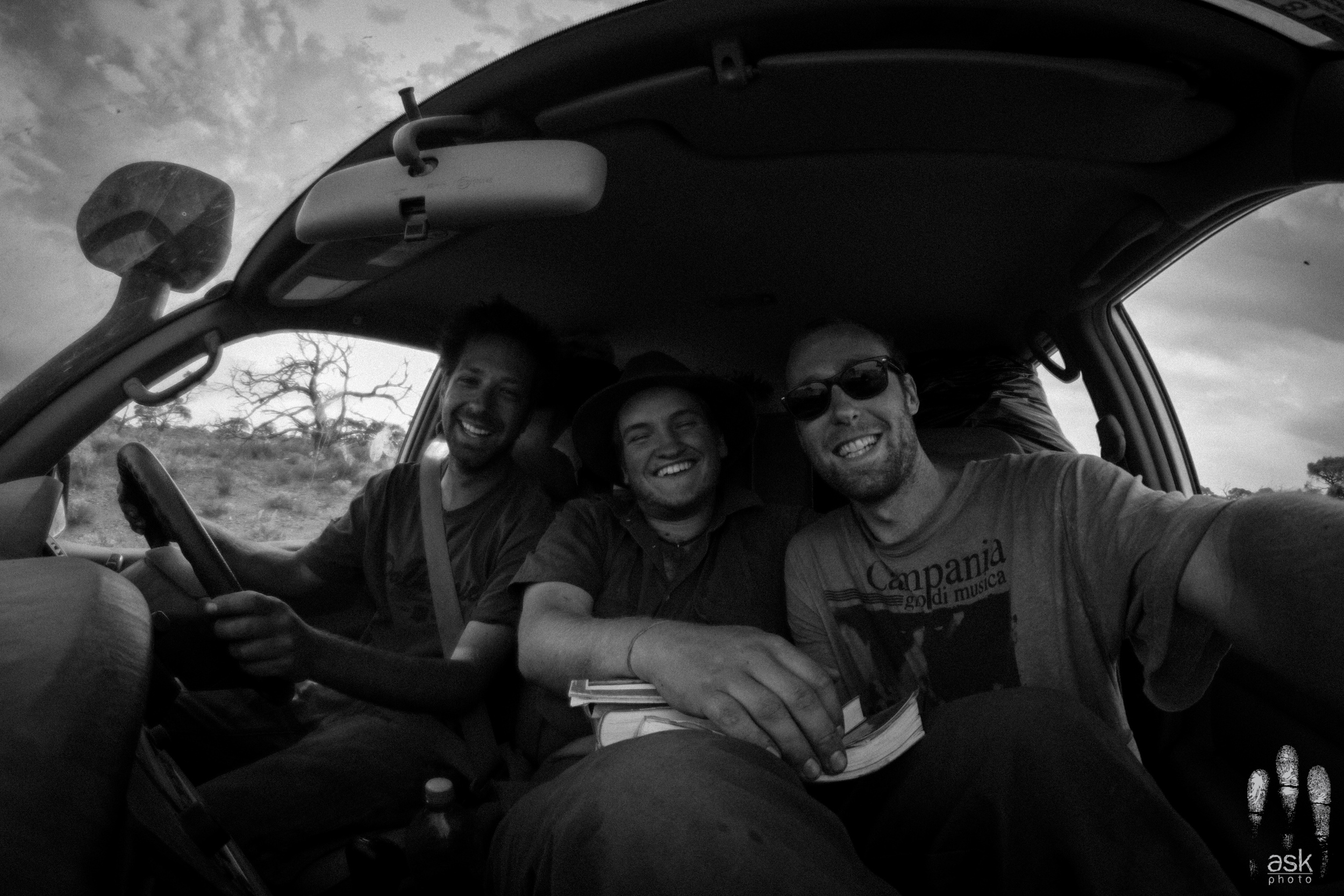An otter that belongs in the sea, but not the one I wanted to see
After a week in the Pantanal I flew to Rio de Janeiro for my second Brazilian conference, the world congress of the International Brain Research Organization (IBRO). On paper, this conference and the last conference I attended, Evolution, were very similar. Both were large international conferences put on by big academic societies in large Brazilian cities. However, they couldn't have felt more different.
I think the major difference between the two stems from their relative importance to their fields. The Evolution conference is probably the biggest, most important conference in the field of evolutionary biology (though there are other conferences that would argue this point, it's definitely one of the biggest). Because of this, I think it attracted a great majority of the players in evolutionary biology from around the world. Had the conference been held in America, Europe or Australia, most of the same people probably would have shown up.
The IBRO conference, by contrast, was noticeably made up of mostly researchers from Brazil and around South America. I think this is because the IBRO conference is definitely not the principle neuroscience conference. That would be the annual Society for Neuroscience (SfN) conference, which takes place every year in one of three American cities and attracts over 30 000 attendees. The IBRO conference was big, but not even close to THAT big.
I also think it has to do with the number of people in the field. Neuroscience is one of the largest academic fields period and so the pool of people that can be drawn on to attend the conference is huge. Evolutionary biology is a much smaller field and even its largest conferences struggle to have an attendance a tenth as big as SfN. So a neuroscience conference could be decently sized and still only host mostly researchers from South America, while an evolution conference of only South American attendees would be noticeably smaller. Not that that's necessarily a bad thing; many people prefer smaller conferences and I know lots of people who refuse to attend SfN due to its overwhelming size.
I really enjoyed the IBRO conference. The only neuroscience conference I regularly attend, SfN, is dominated by North American and European researchers, and it was great to see all the interesting but relatively unsung work that's being done in South America. Rio de Janeiro is also home to one of my favorite research groups, the lab of Prof. Suzanna Herculano-Houzel. This lab is consistently coming out with cool research in the field of evolutionary neuroscience, and is one of the few labs in the world doing so. Dr. Herculano-Houzel herself is an excellent speaker and advocate for Brazilian academia, and has written several books on neuroscience-related topics in Portuguese. I am lucky to be friends with several of the people in her lab and was invited to her lab's celebratory dinner before the conference's closing party. In addition to Dr. Herculano-Houzel's lab I got to visit with a future lab-mate. It's always nice to make friends with lab members before joining a lab, as joining itself can be a jarring and disorienting experience. It's nice to have people that already know you and can help you adjust.
It was weird, and a shock to the system for me, that two conferences that looked so similar on paper, held in almost the same place and only one week apart, could have produced such opposing experiences for me.
After the IBRO conference it was time to head back to Australia for the final conference on my tour, the Behavior conference in Cairns. The only flights from South American to Australia are from Santiago, Chile to Sydney, Australia. I could have gotten a flight from Rio to Santiago, but they are shockingly expensive and the flight from Santiago to Sydney was already expensive enough. Instead, I got a much cheaper flight from Rio to Santa Cruz de la Sierra in Bolivia, and spent the next two weeks traveling overland to Santiago and my flight home to Australia. I think that entire two-week trip cost less than the Rio-Santiago flight, and produced many more memories.

















































